Sports per se is vulnerable to injuries—especially in games that require strenuous routines like basketball. Since its establishment in 1891 by Dr. Naismith of the YMCA, basketball facilities and preventive measures have improved. Yet, basketball injuries statistics recorded more than 5 cases on average every 1000 hours.
The most common basketball injuries, like ankle sprains, occur because of their intensive nature—basketball injuries in NBA proved that professional players are not exempted.
If you are looking for an article that extensively lays down professional tips on how to prevent basketball injuries, you are not mistaken about clicking on this website.
 How Many Injuries Occur in Basketball?
How Many Injuries Occur in Basketball?
When playing basketball, whether professionally or in amateur tournaments, it is necessary to know the probability of getting hurt according to data and statistics. The more knowledgeable you are, the better your preemptive ability to anticipate a potentially dangerous event, thus acting beforehand.
Although basketball is a world-renowned sport, there have not been much-recorded data regarding the exact number of injuries that happen in the basketball industry on a yearly or case-to-case basis.
However, a study by the American Orthopaedic Society for Sports Medicine explicitly stated that basketball players could anticipate experiencing an average range of 6-14 injuries for every 1000 hours of basketball match. It only proves the difficulty players get through in every game to earn the coveted group and individual titles, plus the risks it poses to your safety.
Since basketball is a contact sport, it is inevitable to severe collisions and slight bumps, thus resulting in temporary trauma or permanent disability. As long as you have undergone rigid training and adequate experience, you are expected to do fine since you are aware of the consequences of some risky moves if pushed through.
 Does Basketball Have the Highest Injury Rate?
Does Basketball Have the Highest Injury Rate?
Perhaps you are concerned about safety before you or your kids partake in basketball tournaments; hence you are wondering about basketball injuries and treatment to ensure confidence in participating.
Measuring the injury rate of basketball entails multilateral facets and date processes. One of the factors that help you identify the numerical view of injury frequency is the incidence of injury in basketball in a specified time and the population of athletes getting hurt.
To answer the questions, basketball has the highest injury rate among other sports. In a study by the Insurance Information Institute last 2019, basketball registered a whopping injury rate of 403 908 cases—a hundred thousand more than the second highest rate, football, which recorded 292 306 numbers.
In simple words, basketball has the highest possibility of injuries during a play because the moves and routines performed by players like you involve dangerous stunts, like a slam dunk, blocking a shot, and guarding the opponent. Medics teams stand by for every professional game because of an intensive match’s potential accidents.
However, you need not worry about getting hurt fatally because team training is there to lessen these accidents somehow—so you do not get injured or will not harm anyone on the court. Most of all, basketball coaches are trained and expert individuals who can help you hone your basketball skills, not just to win but also for security assurance.
Assuredly, injuries are not something to be afraid of because you are provided with all the vital equipment. You need to put your trust in your coach, the professionals on the court, and your skills. Everything will be fine!
 What Types of Injuries are Common in Basketball?
What Types of Injuries are Common in Basketball?
If you are a basketball player, you are probably worried about being wounded or bruised while playing the most crucial game of your basketball career. Therefore, you are dying to know the most common basketball injuries so that you have an idea of what awaits you if you do not have self-temperance and discipline on the court.
Accidents are still prevalent even with today’s basketball industry’s state-of-the-art facilities and holistic training program. You can never get away from injuries because they are inevitable. One of the most common risks you get from playing is deep thigh bruising in basketball.
Nothing is impossible with proper awareness, education, and training. In particular, the following bulleted points are the five most common basketball injuries according to 17-year extensive research recorded in NBA. Check them out and learn how you can improve your safety mechanisms.
- Injuries involving foot and ankle.
The ankle and foot portion of the body is the most utilized body part when playing basketball because it involves running to and fro the ring. Ankle sprains happen when you awkwardly turn, twist, and roll, which results in the tearing of ligaments.
Some of the discomforts you may experience are swelling of your foot, uncomfortable pain, and even limited range of motion. Such an injury may last for days, months, or even a permanent disability that depends on the seriousness of the situation.
Fortunately, today’s training regimen and surgery are highly equipped to heal a sprained ankle to prevent further debilitations. You may also opt for appropriate equipment to avoid this case from happening, like wearing indoor shoes that provide adequate ankle support so you would not slip during a match.
- Injuries involving knees.
Patellofemoral Pain Syndrome (PPS) is ubiquitous among basketball players since you mostly jump and run, which requires strong support in the lower part of the body. When you experience the PPS, you will feel pain behind your kneecaps because of the joint pressure from the dislocation of your femur and patella.
In simple terms, your kneecaps and thigh bone meets. The misalignment will affect the joint surface under the femur, which explains the excessive pain you feel after an intensive utilization of this body portion.
You may apply the following first-aide measures if you ever experience it: ice, elevation, and compression, along with adequate rest so you will not further debilitate the status of your injury. Inflammation and pain are easily manageable when you do not force yourself to take on demanding activities.
- Injuries involving head and face.
It would help if you did not miss the head and face when discussing the most vulnerable body parts when playing basketball. During a game, you are not wearing any protective equipment on your face, which makes it prone to being hit by a ball or body parts like hands and elbow.
The most common head and face injuries are cuts due to risky guarding, defensive techniques, and forced movements. However, some injuries are so severe that they need serious medical attention, like traumatic brain injury, face cuts, etc.
Unfortunately, head and face injuries are unavoidable. Nonetheless, the best way to protect yourself is to master kinesthesia, or your ability to preempt actions, movements, and locations.
- Injuries involving hip and thighs.
Hip and thighs are easy targets of injuries too. Most hip and thigh injuries result from unintentional striking caused by offensive and defensive attacks. However, one of the most vulnerable, hip and thigh injuries, are typically not serious.
If you ever encounter such an injury, follow the RICE procedure or rest, ice, compression, and elevation. The damage is expected to subside in just a few days, so you need not worry about getting permanently incapacitated to play basketball.
You may also wear extra protective equipment to minimize the attack’s impact. Some of the things you can wear are girdles attached with thigh pads that will protect your thighs whenever the situation calls for it.
- Injuries involving hands and wrist.
The most common injury that you may encounter is jammed fingers. In addition, dribbling and passing a ball requires hand and wrist strength and coordination, considering that basketball strategizes stealing, blocking, and catching a ball to win.
The main reason fingers are easy targets is that the ball may hit its tip instead of landing on your palm. However, there is nothing to worry about if you encounter such scenarios because the swelling and pain can heal quickly. You need to rest the injured portion for a while or apply finger tape to ensure it is protected.
You can protect yourself from experiencing these discomforting events by wearing preventive finger tapes. So that you know, finger tapes are not just injury protection but can also be used for prevention. If you think about it, some of the injuries related to the hands and wrist are not serious but should not be neglected because they still need medical interventions.
 How Long Does it Take to Recover from Basketball Injuries?
How Long Does it Take to Recover from Basketball Injuries?
Basketball injuries and treatment are diverse topics. Before we go deeper into this topic, it is essential to note that recovery depends on injury severity. You cannot say that all basketball injuries take up the same time duration to heal because you must consider the type of the injury and which part was hurt.
Going back to the topic, the average healing time of most injuries ranges from 6 to 12 weeks or 1 to 3 months. It would be best to do physiotherapy and a healthy lifestyle to boost your immune system, thus expediting recovery.
Also, the time you recover depends on the environment, stress level, and physical activities. You will see better and fast results when you take care of your holistic well-being. Do not expect to recover quickly if you neglect various health activities.
 How to Prevent Basketball Injuries: 3 Tips
How to Prevent Basketball Injuries: 3 Tips
Although injuries are unavoidable, there are some expert tips you can apply to lessen the chances of getting during a game. Remember that you may have no complete control of what transpires in the court; you have multiple options to follow to protect yourself.
Imagine practicing rigidly before a match, but after a few minutes, you are already glued to your team bench just minutes later because of an injury. Worry no more; the following are the tips you can do to prevent basketball injuries, thus helping you win that game!
- Wear protective equipment and proper attire.
While it is true that injuries are not predictable, some of them occur due to not wearing appropriate attire on the court. Please know that there are standards in equipment you need to follow to keep yourself safe and protected.
Wear a pair of sneakers designed for indoor matches if the game is indoors because courts use different flooring materials, whether indoor or outdoor. You can also wear protective equipment like finger tapes to prevent jammed fingers.
- Do not skip stretching and warming up.
Stretch your bones and muscles to condition them before getting too physical. You cannot just enter a court without warming up. It helps you gently enhance your range of motion, thus keeping yourself strong and healthy during a game.
You are prone to cramming and injuries when you skip stretching because it helps your body to send signals that you are about to do strenuous activities. Contrary to popular belief, stretching does not make you tired and exhausted even before a match. It instead invigorates your high spirits! It does not cost you too much to follow this tip.
- Train. Train. Train.
As cliche as it sounds, training is the best injury prevention. It does not just help you improve your skills but also allows you to track your underlying health issues and act upon them before the game season. You will become aware of your condition and have a preventive mechanism during games.
Also, you can master moves and have coordinated muscle memory that will at least make you anticipate certain moves, whether it is risky to perform or not. Equipping yourself may be time-consuming, but it is worth every sweat.
 3 Worst Injury in NBA History
3 Worst Injury in NBA History
Basketball is just so complex and intensive sport that injuries are prevalent. Even professional players are not an exemption from these risks. Here are some of the worst injuries recorded in NBA history. If you think that professionals are immune to injuries, quit that thinking and check the points below.
- Joel Przybilla’s Knee Injury
Przybilla appears to land awkwardly, as his knee is locked when he lands on the ground. He had nowhere else to go but land on his right leg. Pain debilitates his entire body as he is thrown off his feet. Przybilla’s patella was ruptured and dislocated due to the wrong landing.
- Josh Howard’s Knee Injury
When Howard sprained his knee in Chicago in 2010, his pain and grief were evident. Most of us have never had a knee sprain severe enough to necessitate surgery. Still, Howard’s knee wobble is a reminder that some minor mistakes can completely change the trajectory of your sports career.
- Steve Nash Nose Injury
Derek Fisher popped Steve Nash in the nose, to the extent of having a nose dangling from his face. Instead of walking to the courtside, taking his seat, and letting it settle—as an average person would do in situations like this—he grabbed his nose and popped it back to its original place.
Wrapping Things Up: 5 Most Common Basketball Injuries
Yes, winning a game is a sweet and triumphant moment. It rewards your pain, struggles, and hard work during training. Although first aid for basketball injuries is easy to perform, some cases require significant medical attention. Nonetheless, the most common basketball injuries remind you always to take precautionary measures and keep alert while playing.
To have extra protection, wear appropriate attire and take your training seriously. Always remember to stretch that muscle, or you are in the best condition before hitting the courts! It will give you so much conscience to remain calm and composed during a match without worrying about getting hurt.
We hope you enjoyed this post! If you did, be sure to check out our other basketball FAQ articles here
Want to get better at basketball?
Join our newsletter & get our comprehensive
101-page basketball guide.
Become a better baller today 👇


 How Many Injuries Occur in Basketball?
How Many Injuries Occur in Basketball? Does Basketball Have the Highest Injury Rate?
Does Basketball Have the Highest Injury Rate?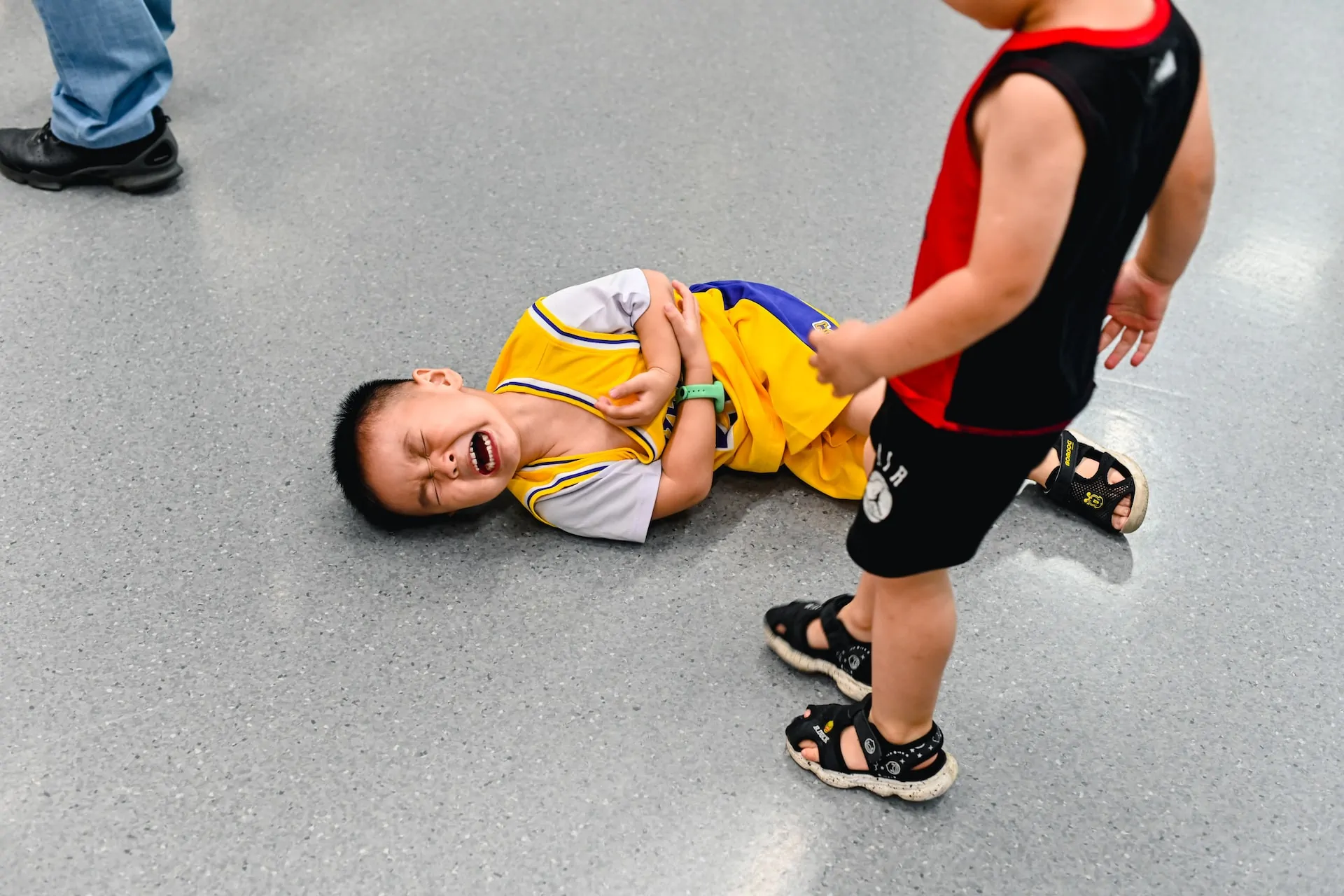
 What Types of Injuries are Common in Basketball?
What Types of Injuries are Common in Basketball?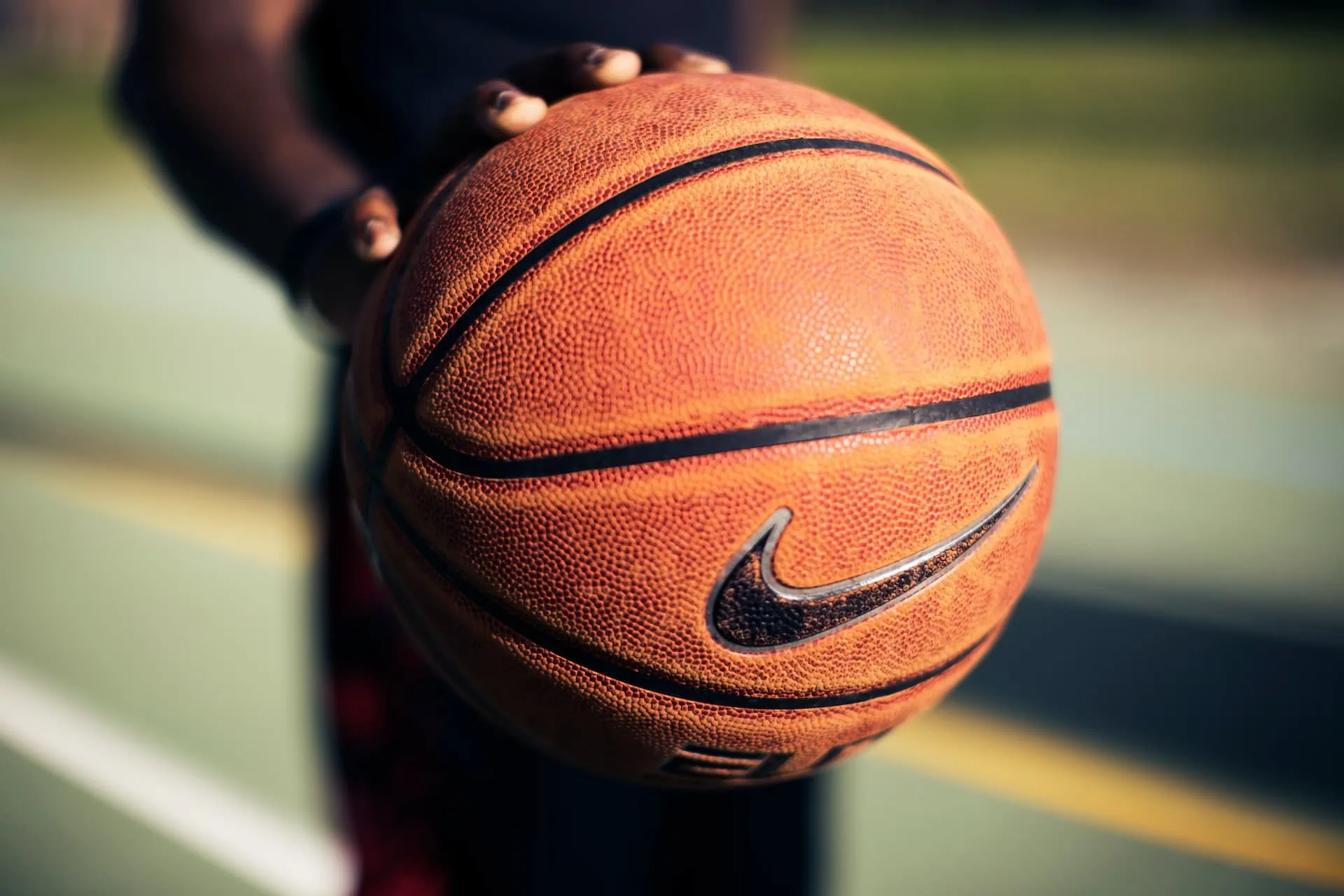
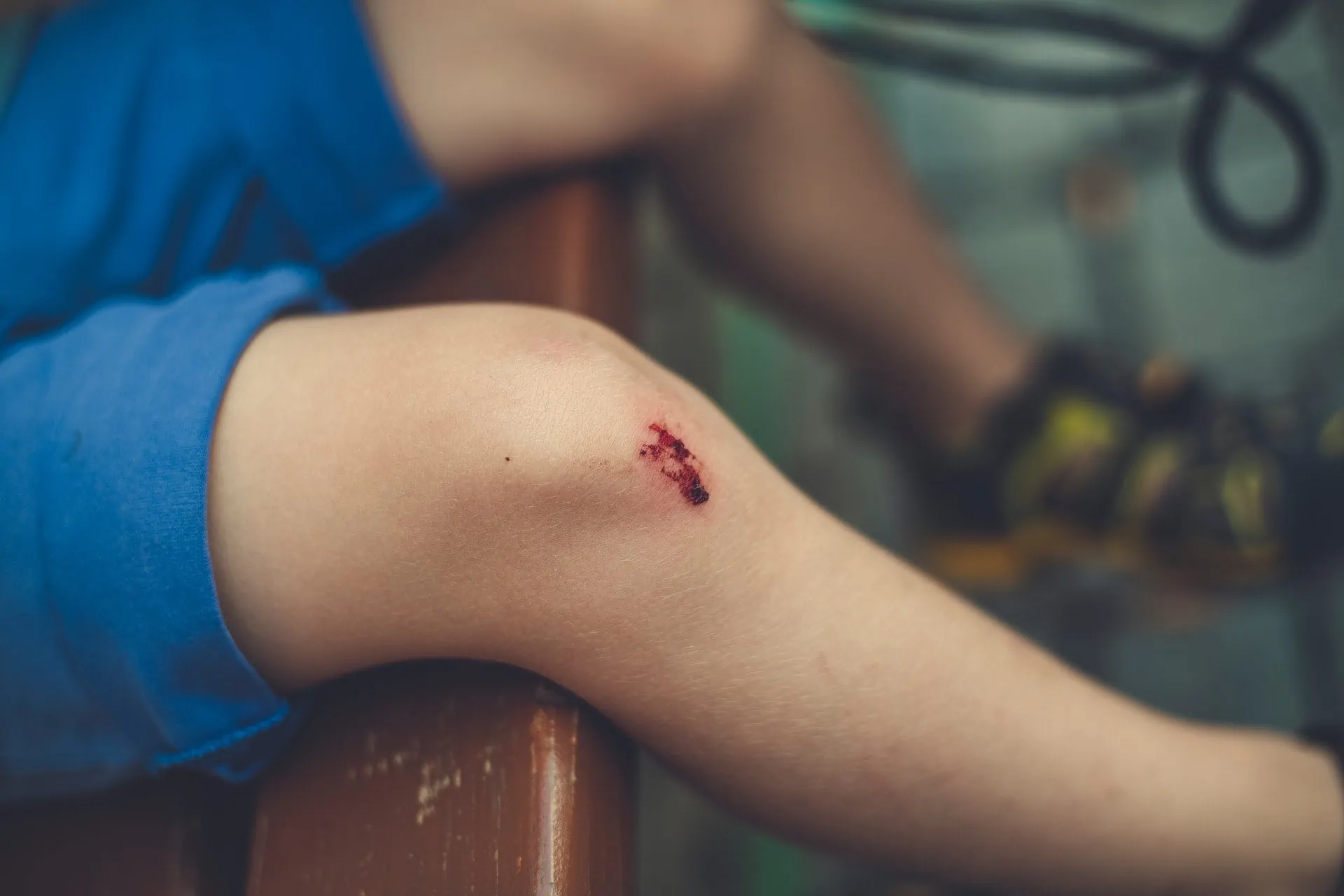
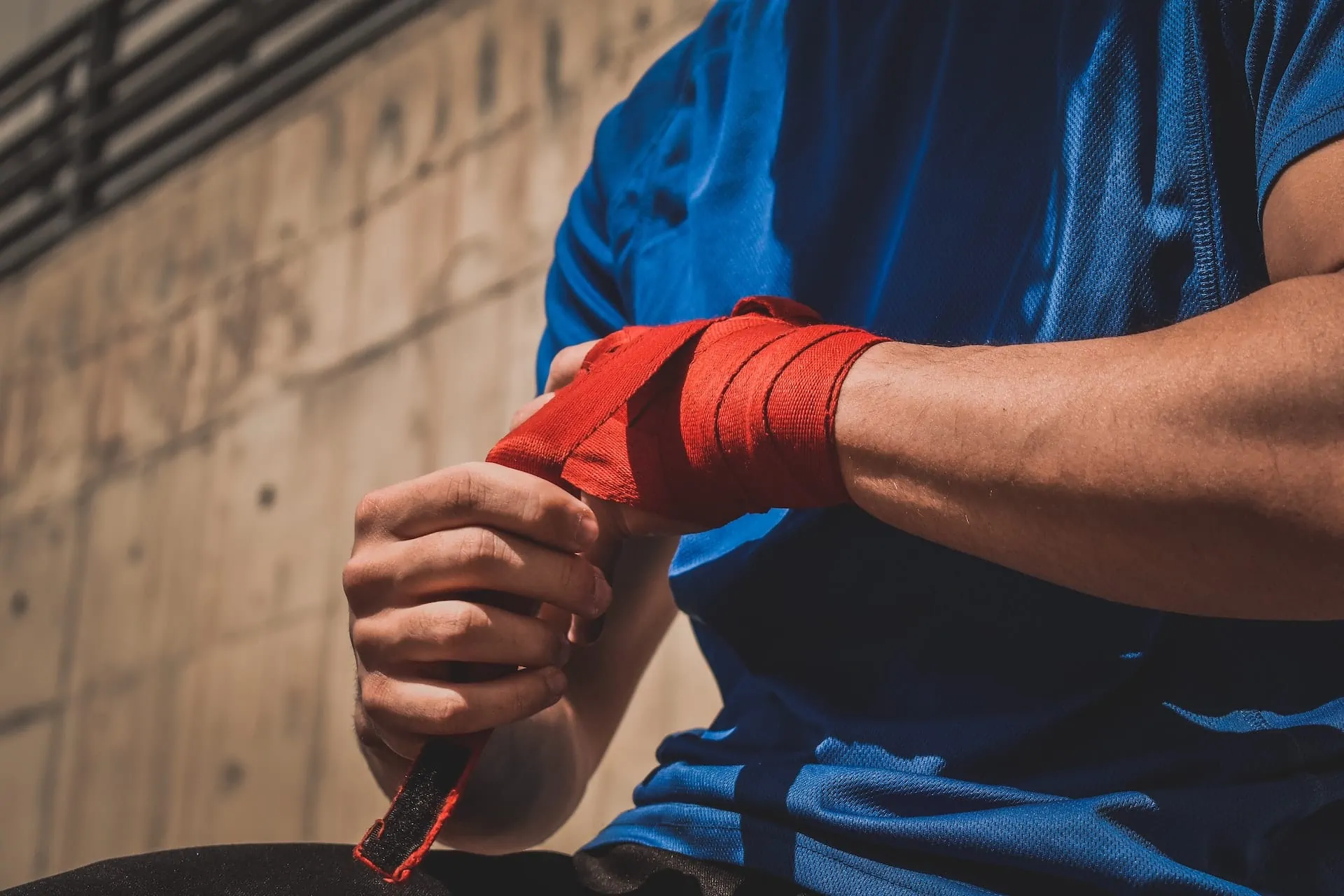
 How Long Does it Take to Recover from Basketball Injuries?
How Long Does it Take to Recover from Basketball Injuries? How to Prevent Basketball Injuries: 3 Tips
How to Prevent Basketball Injuries: 3 Tips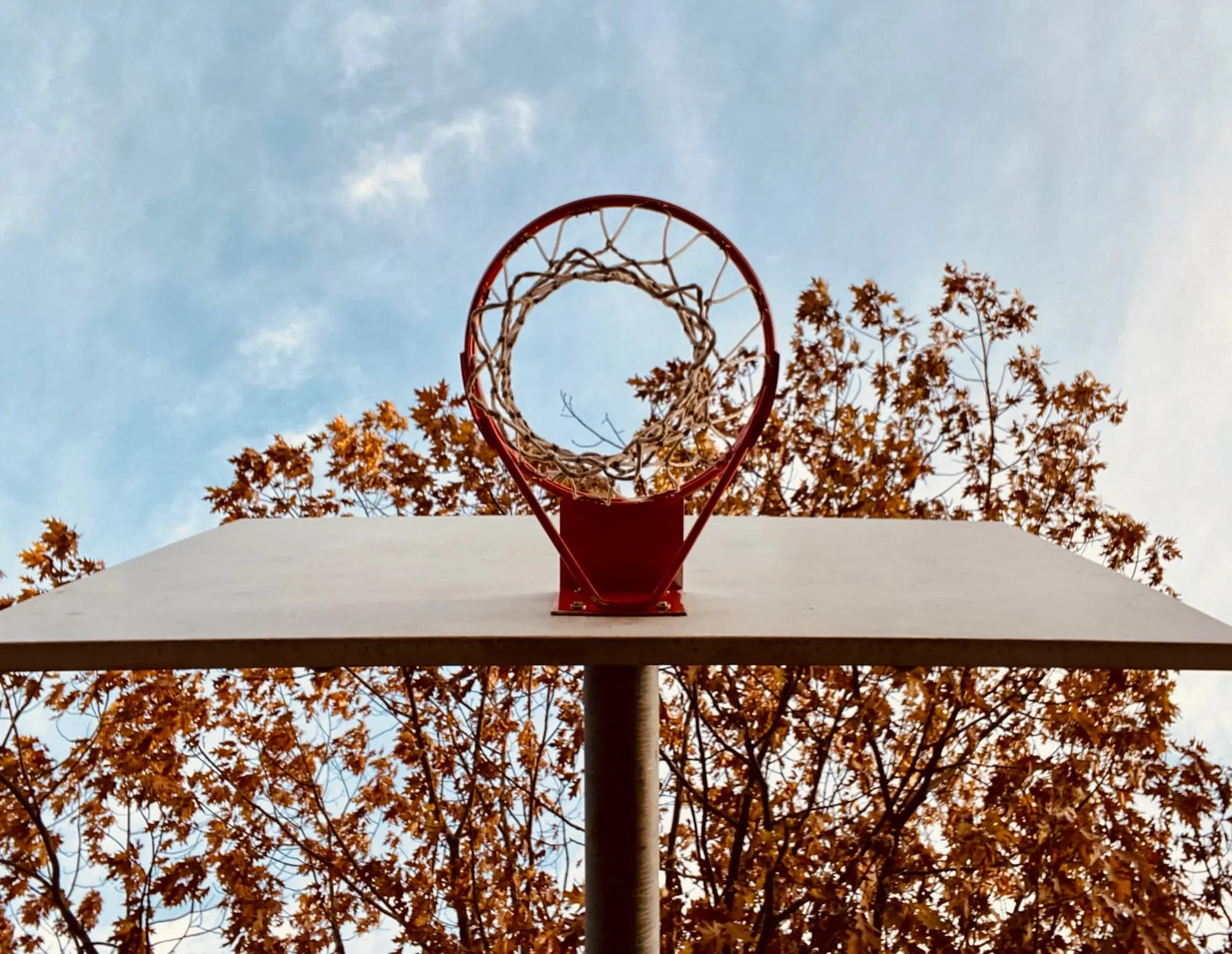
 3 Worst Injury in NBA History
3 Worst Injury in NBA History

